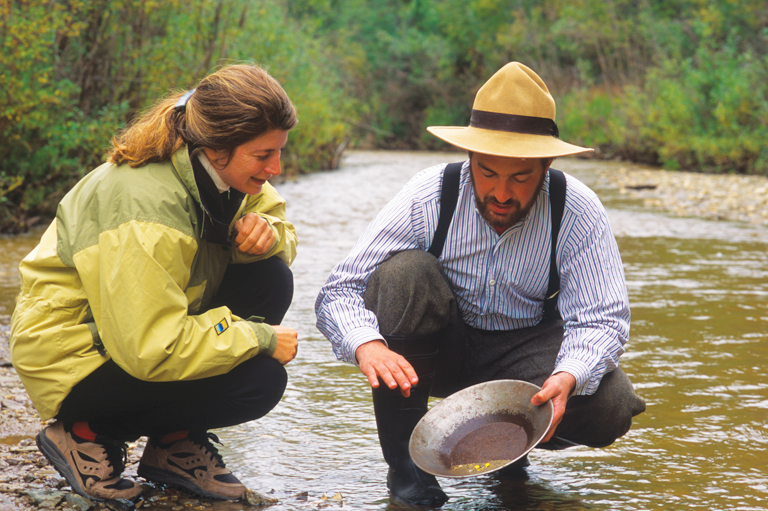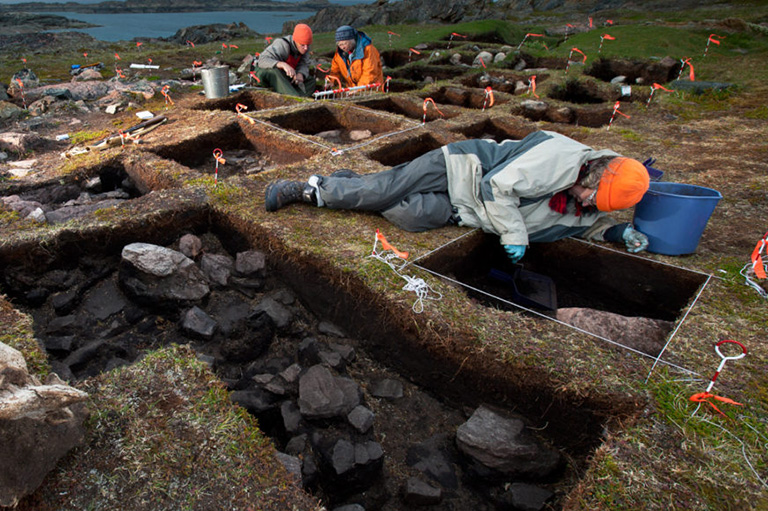Discover a wealth of interesting, entertaining and informative stories in each issue, delivered to you six times per year.
Nan Sdins
This hauntingly beautiful site on a remote B.C. island tells the story of a creative people who thrived on Haida Gwaii (Queen Charlotte Islands) for thousands of years. With food from both sea and forest abundant and easy to obtain, the Haida had time to develop a complex culture that included masterpieces of art.
When European ships started appearing off the West Coast in the 1700s, the people in the village of Nan Sdins on the island of SGang Gwaay were quick to engage in a brisk trade of otter skins and other furs. But the Europeans also brought deadly smallpox. The village was reduced from a population of about three hundred to a few dozen before being completely abandoned in 1888.
Antiquities traders stripped the empty village of much of its wealth — carved mortuary poles, as well as bentwood boxes, masks, sculptures, and other items disappeared. What remains — thirty two mortuary poles and ten homes — is considered to be the finest art of its kind in the world. For this reason it was declared a UNESCO World Heritage Site in 1981.
Today, Haida Gwaii Watchmen oversee the site, which is part of Gwaii Haanas National Park Reserve and Haida Heritage Site.
Time period: Nineteenth century.
Things to do: Visit the village by small boat or sea kayak as part of a guided tour and hear stories from the Haida Gwaii Watchmen. Marvel at the mythic faces carved into the cedar towers. Tours are limited to twelve at a time. Take in other ancient Haida village sites at Gwaii Haanas as well.
Getting there: The site is on remote SGang Gwaay (Anthony Island) and is accessible by small boat. Independent visitors must reserve and resgister at the Gwaii Haanas Queen Charlotte office or visitor reception centres in Sandspit and Queen Charlotte.
Visit Parks Canada's website










